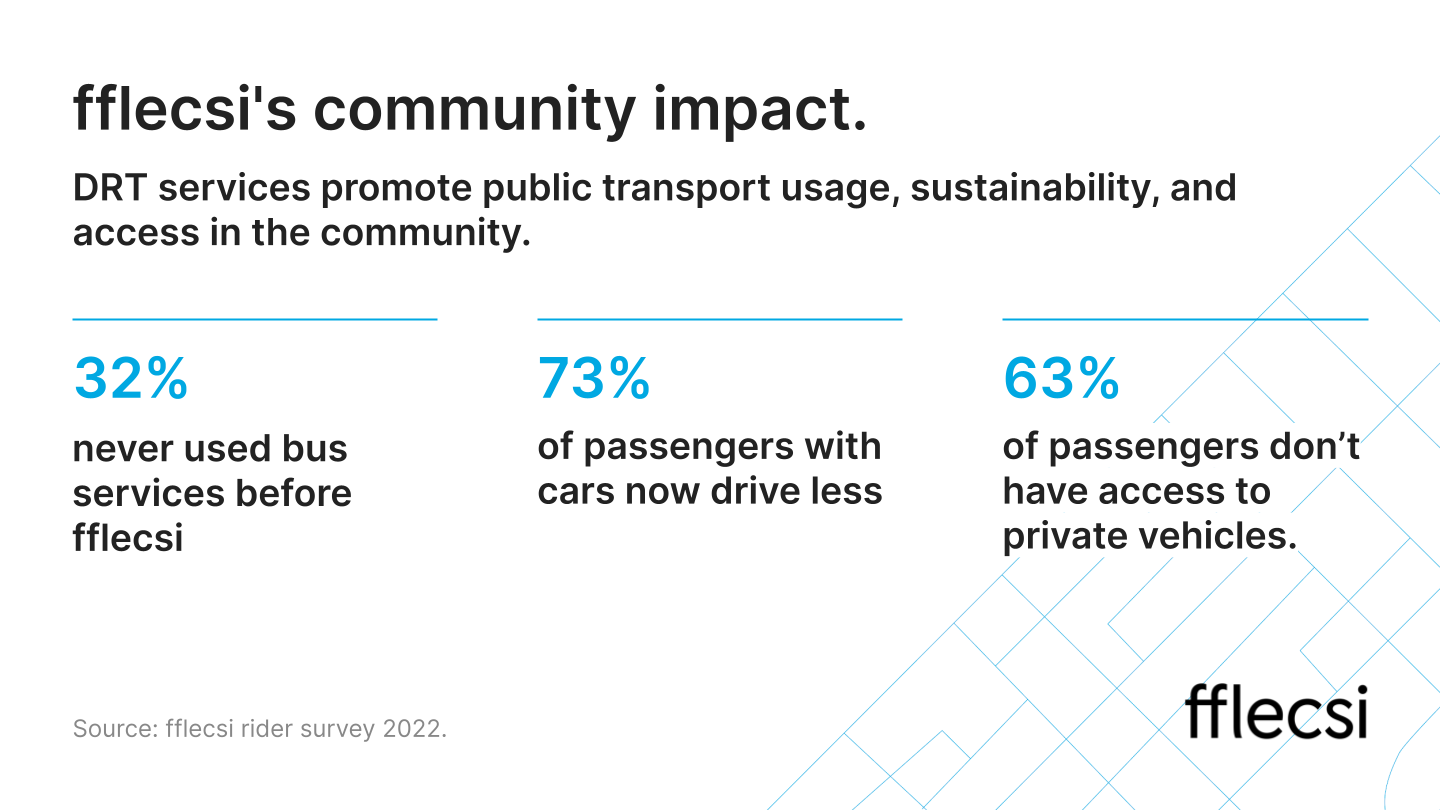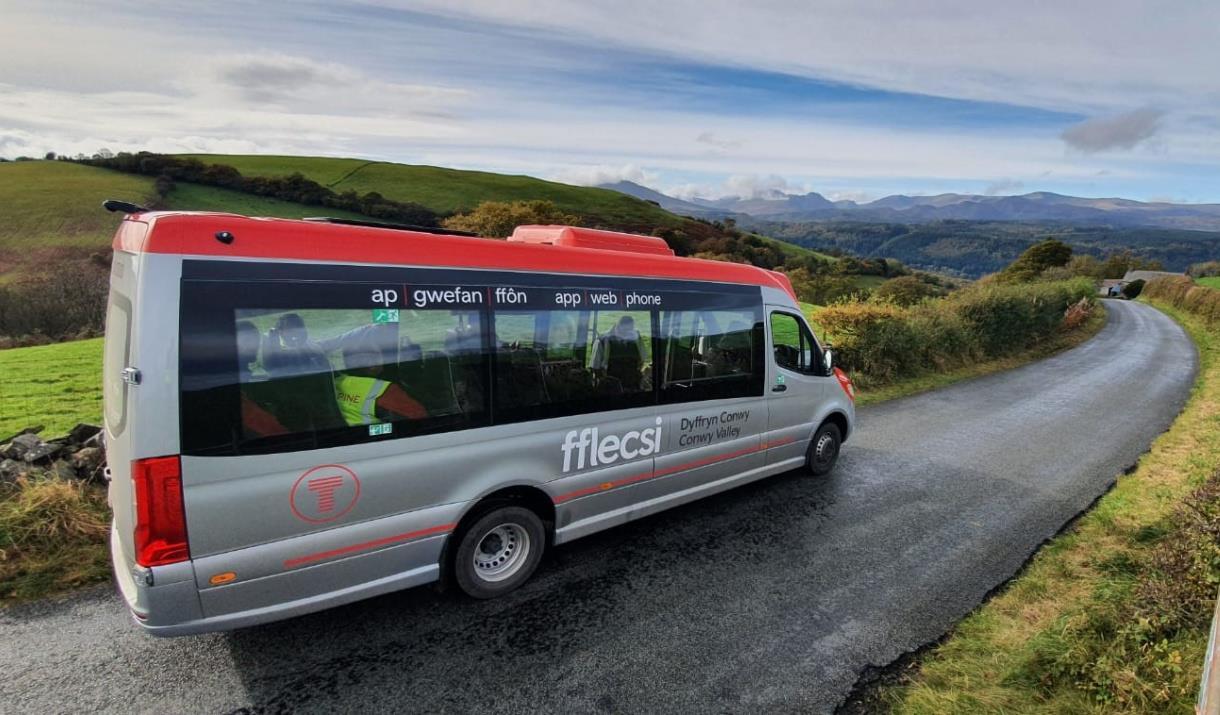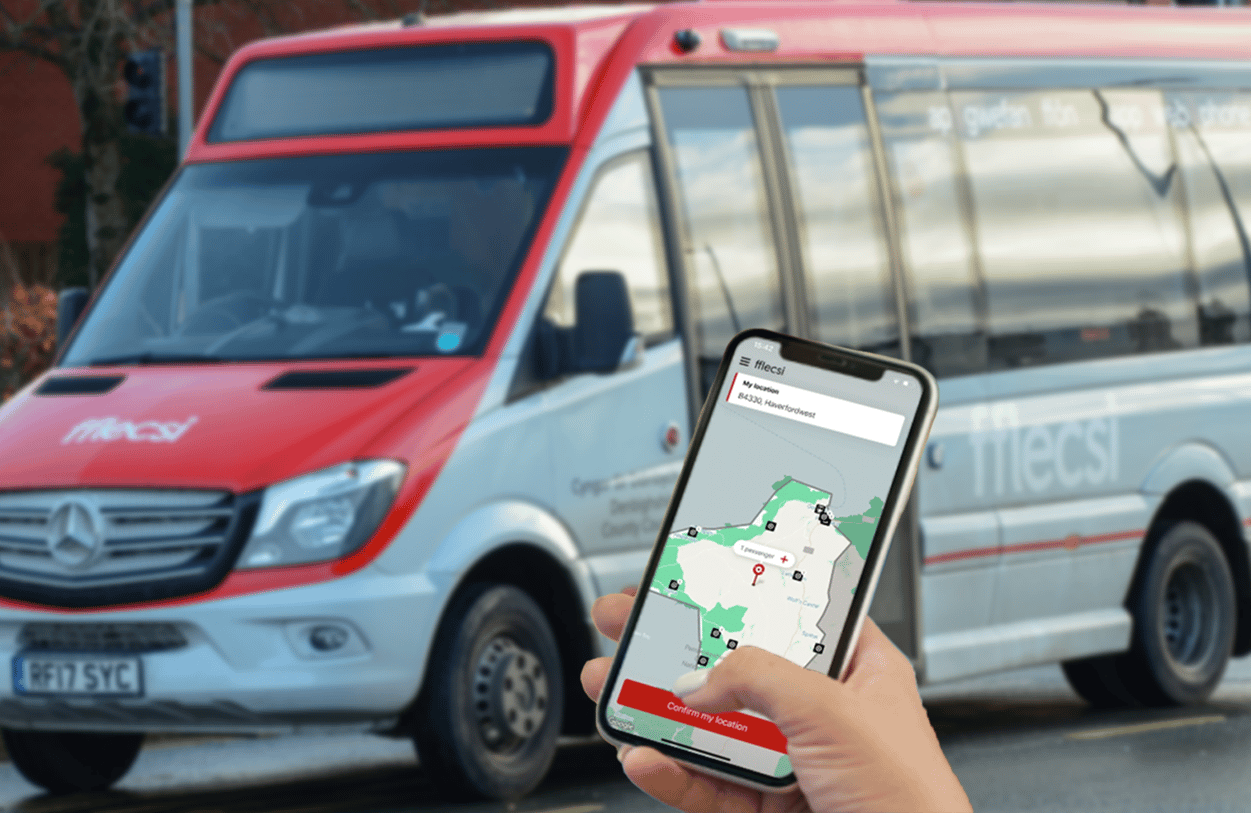🕸️ According to the Economist, “travel is now more like a spiderweb” than a traditional hub-and-spoke network, with people taking fewer journeys overall that are less concentrated along typical commuter corridors. The latest annual bus statistics confirm an overall reduction in travel: UK bus systems were half as busy in 2021 as it was two years earlier. Vehicle miles on local bus services are 18% less than the pre-pandemic levels. Rush-hour commuting also collapsed by 35% compared with 2019.
But not all trips have declined. In fact, the British are still making the same percentage of shopping trips in 2020-2021 as they did before the onset of COVID. There is also more traffic throughout the day and the afternoon, though traffic in traditional morning peak hours is reduced. During the summer of 2021, weekend travel was even higher than weekday travel, according to a new traffic index.
While travel is recovering, a return to pre-pandemic levels is unlikely. These “spiderweb” patronage patterns are caused not by fear of infection, but by, as the Economist puts it, a “a fundamental resetting of people’s work habits.” To match these profound, long-term travel pattern changes, some UK cities have revamped their transport systems by integrating digital demand-responsive transport (DDRT) to their existing infrastructure, and this flexible new mode has driven successful transit recovery.
More flexible network, greater impact.
In May 2020, Transport for Wales (TfW), the Welsh Government’s transportation authority, launched a unified, county-wide digital transport network called fflecsi. Passengers can book trips in the fflecsi app, on the fflecsi website, or by phone, and are offered either a demand-responsive trip or referred to a fixed-route option when available. Deployed in 12 distinct zones and counting, fflecsi is carefully tailored to the evolving needs of every community it serves.

Patronage has steadily increased despite the ongoing COVID-19 pandemic. Since launch, fflecsi has provided 175k trips across all of its zones, offering this easy and highly-efficient transport option for residents living in rural, suburban and urban areas.
A 2022 rider survey demonstrates the service’s impact on public transport usage, sustainability, and access in the community:
- Demand-responsive services increase public transport usage, despite generally declining public transport usage in Wales. One in three passengers reported they never used general bus services in their community before fflecsi.
- Digital DRT gets people out of the most polluting, single-occupancy vehicles (driving or taxis), cutting congestion and carbon emission on road. Over 70% of passengers choose to leave their private vehicles at home more often to ride with fflecsi. 20% of passengers would take single-occupancy for-hire services like taxis if fflecsi wasn’t an option.
- Passengers especially appreciate the high-quality riding experience of digital DRT. More than half of passengers reported they enjoy the reliable service of fflecsi, such as short wait times, real-time trip updates and an easy booking system. Car-free passengers, which account for over 60% of the entire rider body, can now move around independently, and affordably in their communities.

Building the future of transport.
As people’s travel behaviours have adapted to a world of hybrid and remote work, flexible transport looks even more attractive. As the Economist points out, “there is [now] a stronger case for innovations such as on-demand buses… which weaves together public transport and personal modes such as taxis and hired bikes.” The success of fflecsi proves just that. If done right, digital demand-responsive transport (DDRT) can transform public transport for good, and fit seamlessly into communities of all needs.

Data Journalist




%206.png?width=71&height=47&name=The%20Buzz%20Blog%20Hero%20(1750%20x%201200%20px)%206.png)